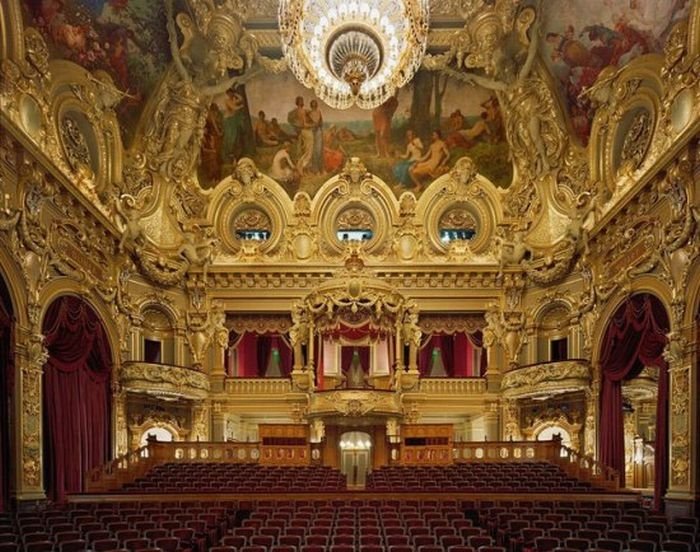|
|
Opera Houses Around The World
|
In a traditional opera house, the auditorium is U-shaped, with the length of the sides determining the audience capacity. Around this are tiers of balconies, and often, nearer the stage, are boxes (small partitioned sections of a balcony).
Since the latter part of the nineteenth century, opera houses generally have an orchestra pit, where a large number of orchestra players may be seated at a level below the audience, so that they can play without overwhelming the singing voices. This is especially true of Wagner's Bayreuth Festspielhaus where the pit is almost completely covered.
The size of an opera orchestra varies, but for some operas, oratorios and other works, it may be very large; for some romantic period works (or for many of the operas of Richard Strauss), it can be well over 100 players. Similarly, an opera may have a large cast of characters, chorus, dancers and supernumeraries. Therefore, a major opera house will have extensive dressing room facilities. Opera houses often have on-premises set and costume building shops and facilities for storage of costumes, make-up, masks, and stage properties, and may also have rehearsal spaces.
|
|









